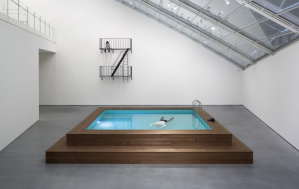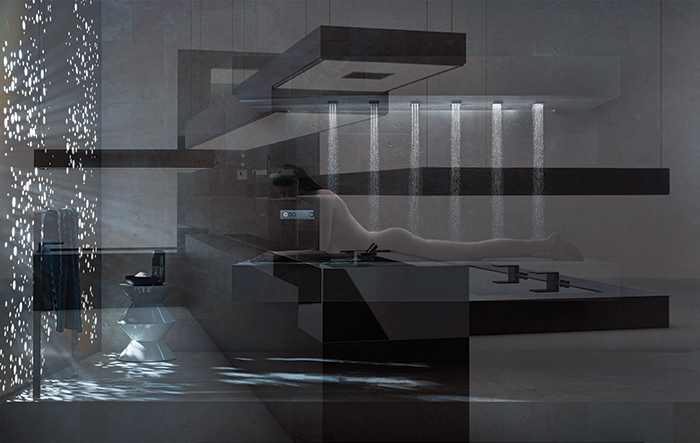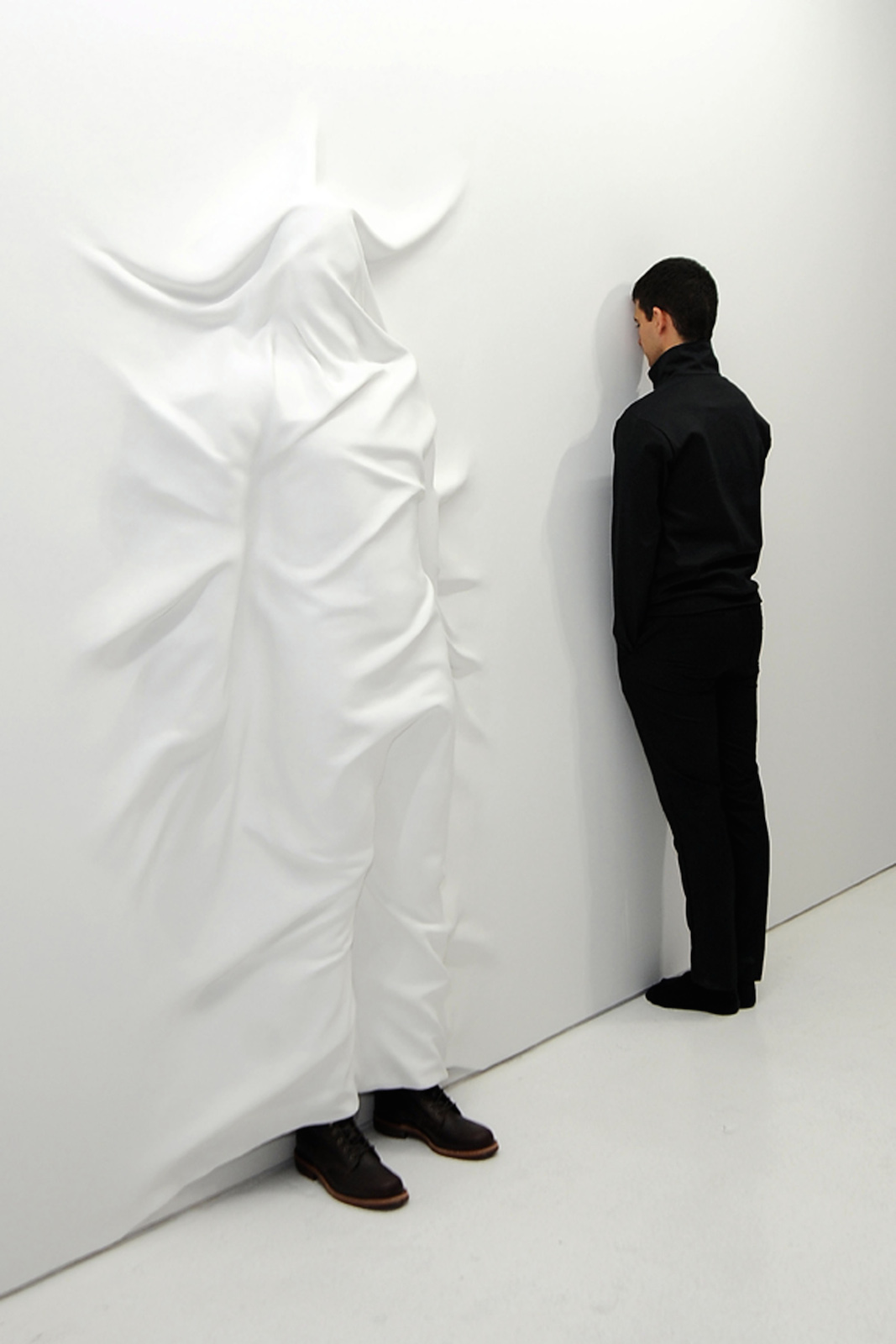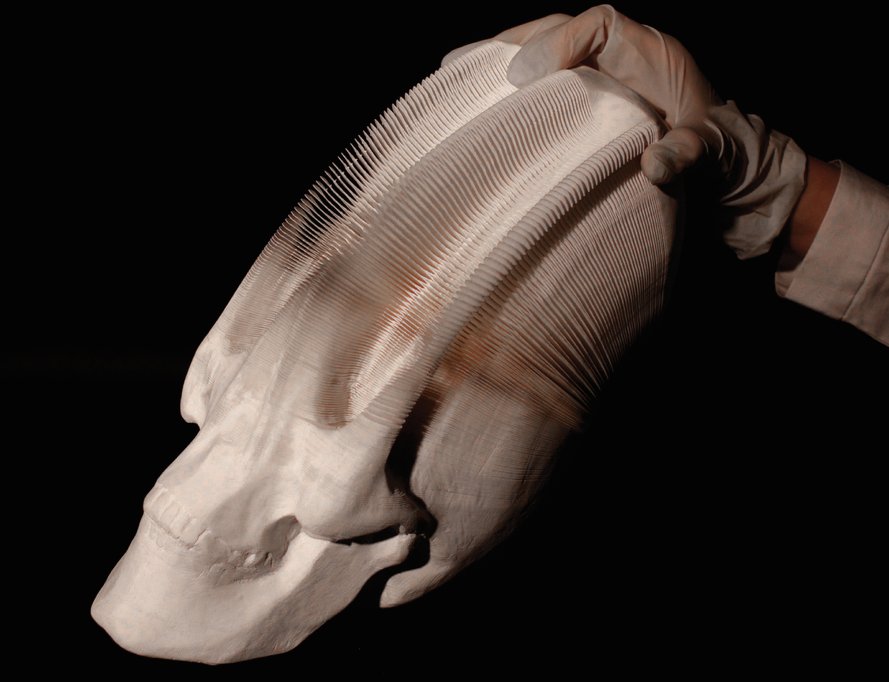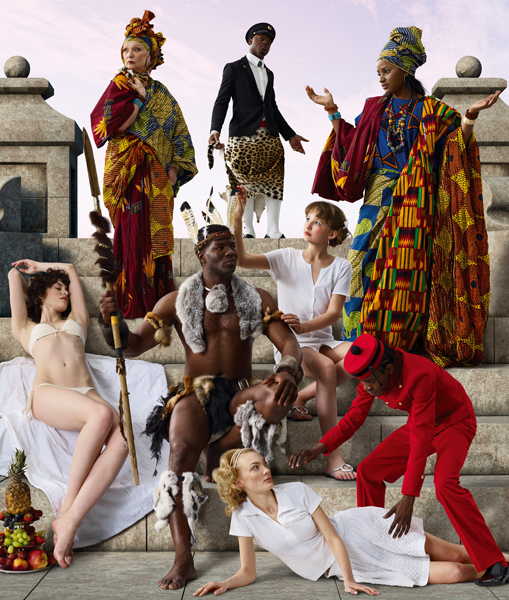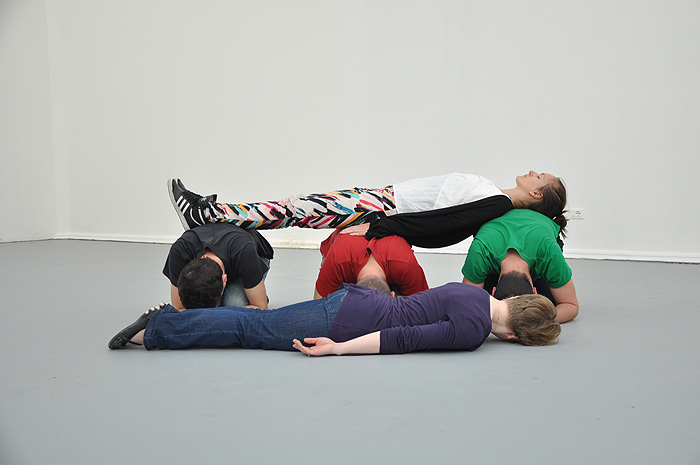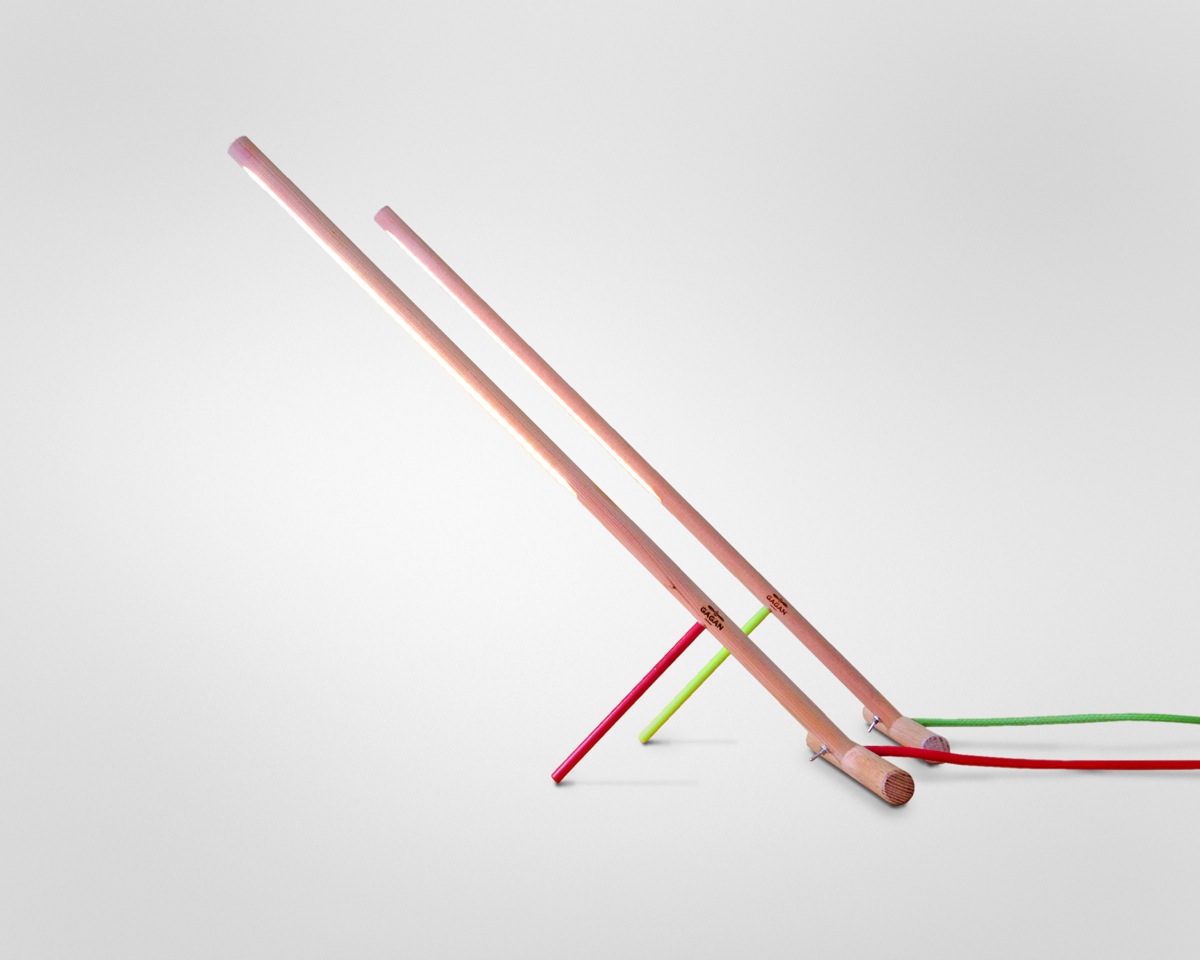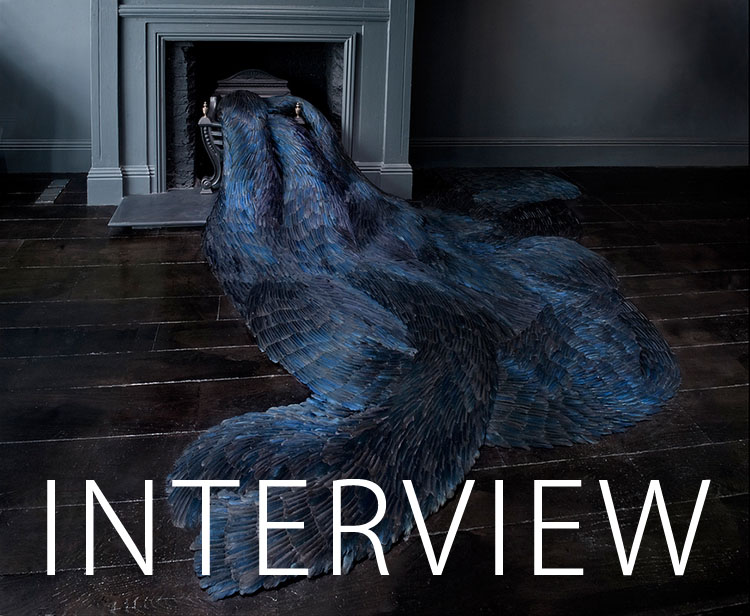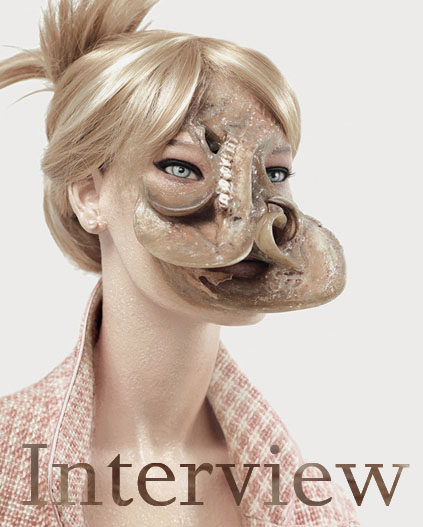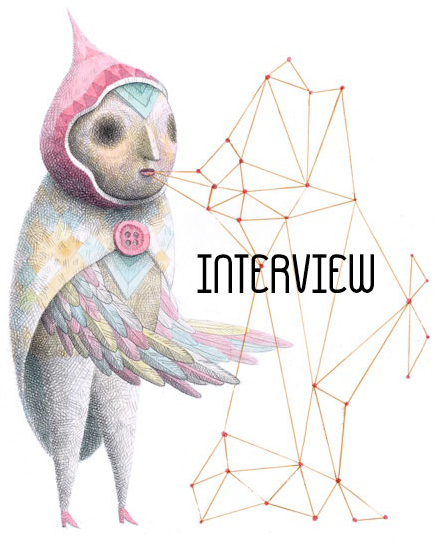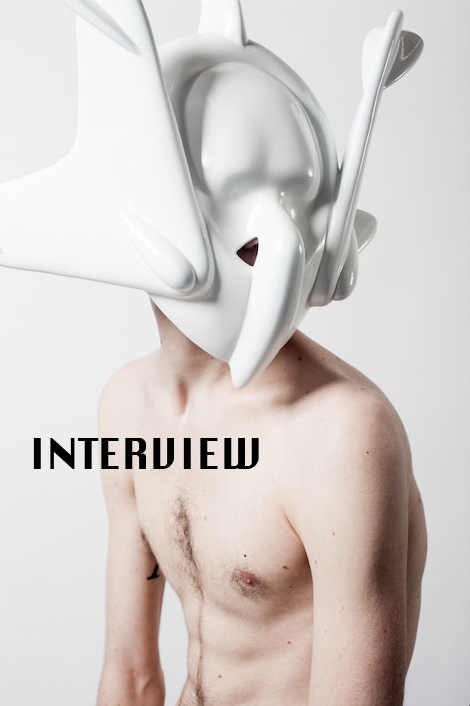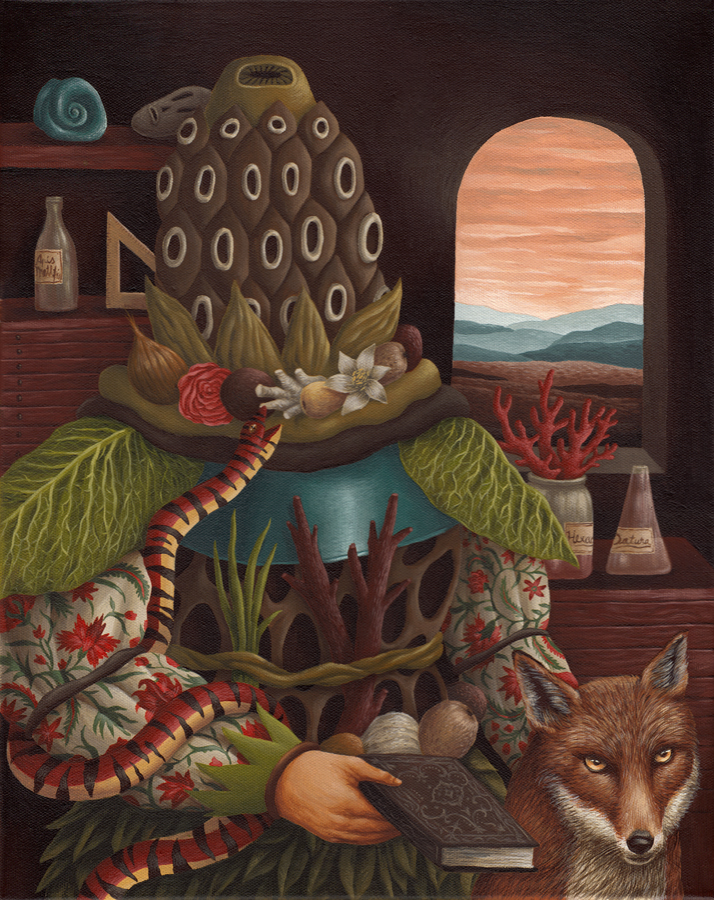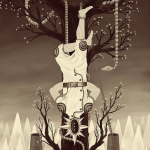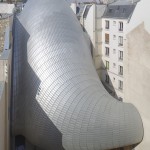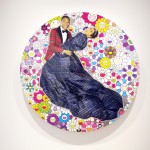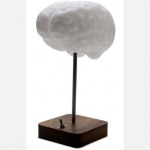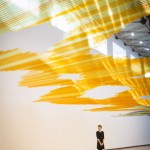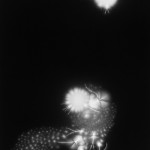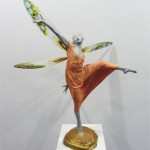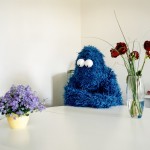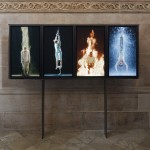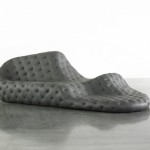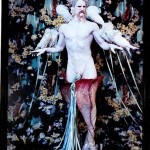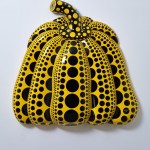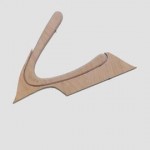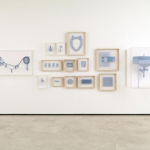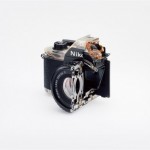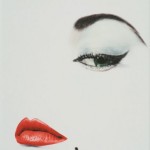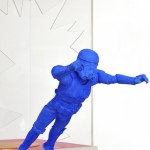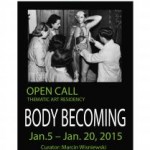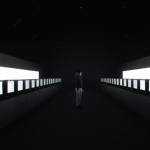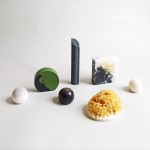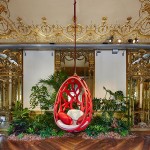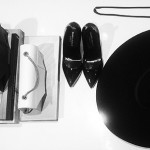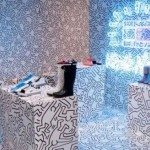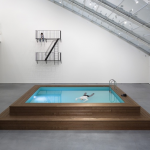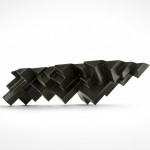INHALE is a cultural platform where artists are presented, where great projects are given credit and readers find inspiration. Think about Inhale as if it were a map: we can help you discover which are the must-see events all over the world, what is happening now in the artistic and cultural world as well as guide you through the latest designers’ products. Inhale interconnects domains that you are interested in, so that you will know all the events, places, galleries, studios that are a must-see. We have a 360 degree overview on art and culture and a passion to share.

The contemporary-art festival—biennials, triennials, quadrennials, and so forth—has a lot working against it right now. The main focus of these kinds of exhibitions is to offer a slice of what contemporary art is at a given moment in time—a basically futile task of taste and editing that can only fail in the eyes of anyone who pays attention to these things. And so the criticism—positive or, more often, not—tends to turn into a numbers game: Why so many painters? Why so few artists of color? Why the gender imbalance? These are all legitimate questions to ask of the art world at any moment, so these exhibitions become a useful blanket excuse to confront recurring dilemmas, get angry about them, and then move on until, two or three years down the road, the exhibitions of the past have come to seem prescient, or at the very least better than you remembered.
The New Museum’s 2015 Triennial, its third, opens this month. It comes at a time of existential crisis in the art world, and takes this notion to heart. The exhibition focuses on 51 emerging artists from all over the world and includes many participants showing work for the first time in the United States. Ambitiously, the New Museum describes it as “predictive,” a means of identifying what contemporary artists will reckon with in the years to come.
But, like any large group exhibition, it is also embedded in the present, wrapped up in all the conflicts facing artists just beginning their careers today. For instance: auction houses increasingly feel like high-stakes horse betting . There is now a major art fair somewhere in the world every month of the year. Gallery exhibitions are too often a way of meeting dealers’ massive overhead costs. Though ostensibly devoid of a commercial component, any serious exhibition today can’t help but become a kind of response to the ever-ballooning art market. Jens Hoffmann, the deputy director of New York’s Jewish Museum and a curator of many biennials himself, shared the following story: While he was teaching a curating class at Goldsmiths College in London a few years ago, one of his students asked him what Documenta was. He described it as “the most prestigious large-scale group exhibition in the world, with hundreds of participants that display their artwork.” To which the student replied, sincerely, “Oh, just like the Frieze Art Fair.”
. There is now a major art fair somewhere in the world every month of the year. Gallery exhibitions are too often a way of meeting dealers’ massive overhead costs. Though ostensibly devoid of a commercial component, any serious exhibition today can’t help but become a kind of response to the ever-ballooning art market. Jens Hoffmann, the deputy director of New York’s Jewish Museum and a curator of many biennials himself, shared the following story: While he was teaching a curating class at Goldsmiths College in London a few years ago, one of his students asked him what Documenta was. He described it as “the most prestigious large-scale group exhibition in the world, with hundreds of participants that display their artwork.” To which the student replied, sincerely, “Oh, just like the Frieze Art Fair.”
“The art world is going through a big transition at the moment due to the changed status of the object, the dominance of the market, art’s relationship to the digital world, the unclear role museums are playing,” Hoffmann wrote in an e-mail. He speculated that the New Museum Triennial might be “the first [show] to fully capture that change.”
If nothing else, the 2015 Triennial, organized by New Museum curator Lauren Cornell and artist Ryan Trecartin, may be the first large-scale museum exhibition to credit its existence to an astrologer.
“Ryan had agreed to do the show in part because of our friendship,” Cornell said, “and in part because his astrologer told him he was going to be playing more of a producer role in 2015.” She laughed at this, but she wasn’t joking. “His astrologer is thanked in the show,” she said.
Trecartin was included in the first New Museum Triennial in 2009, “Younger Than Jesus,” named for the cut-off age of its participants. Cornell, then the executive editor of Rhizome, an arts organization devoted to new media and affiliated with the museum, acted as his liaison. Cornell said that a two-and-a-half-year curatorial project—she and Trecartin were announced as the organizers of the 2015 Triennial back in April 2012—is “like a relationship. I knew he was somebody that I would want to commit to in that way. I can argue with him and we can get over it.”
The two set out to bring together artists who were, in Trecartin’s words, “shattering our understanding of what art is.” The exhibition’s title, “Surround Audience,” is both a nod to Trecartin’s work—surrounding an audience with art, which he accomplishes by installing his videos in rooms crammed with props and furniture—and, more to the point, a reference to mass surveillance. Cornell and Trecartin began working on the show right around the time of the Edward Snowden leak, after which Cornell conducted a lengthy interview with Laura Poitras, the filmmaker who helped release Snowden’s information to the wider world.

Shelly Nadashi, A Good Bowl of Soup, 2013, installation and performance, Sotoso, Brussels.COURTESY THE ARTIST
Whatever problems mire the art world, the real world is always worse. This year’s Triennial makes this political backdrop explicit. As a rule, few exhibitions of this kind have been so unabashedly topical, with the exception of the 1993 Whitney Biennial, which, held in the wake of the L.A. riots, had admission buttons by Daniel J. Martinez that read “I CAN’T IMAGINE EVER WANTING TO BE WHITE.” Recent countrywide protests sparked over the institutionalized murder of unarmed black men by police have clearly affected American artists—at least as much as the “image-laden culture” touted by the museum as one of the show’s primary touchstones.
Josh Kline, a New York–based artist, goes so far as to use retired police officers in his video works in the Triennial; they will be seen reading social-media feeds that refer to police brutalities. The videos will be installed in “police Teletubbies,” as Kline described them, four “paramilitary statues that have TVs embedded in their stomachs.” (“And they’ll have Teletubby faces,” he said.) For another video in the show, Kline worked with David Meadvin, a former speechwriter for Barack Obama and Harry Reid, on an imagined Obama speech about a variety of topics including police brutality and surveillance—the kind of rallying cry the public would have expected from the Obama of 2008 that has since been muted by so much politics.
“There was a moment when everyone was kind of holding their breath when he would start speaking because they were so excited,” Kline said. “Then I remember watching the inaugural address at work—and people were waiting for this transformative figure who just didn’t emerge. It was like a different speaker almost. That more pragmatic, more deliberate, less emotional speaker has been with us most of the way ever since.”
Niv Acosta, a black transgender performer, takes a more oblique approach to the issue of race, choreographing a performance that is, Acosta said, “a culmination of research on sci-fi, disco, astrophysics, and locating the black experience within that.” This has resulted in a disco space opera starring four queer black performers, partially inspired by Diahann Carroll’s bizarre cameo in the Star Wars Holiday Special, which aired on CBS in 1978.
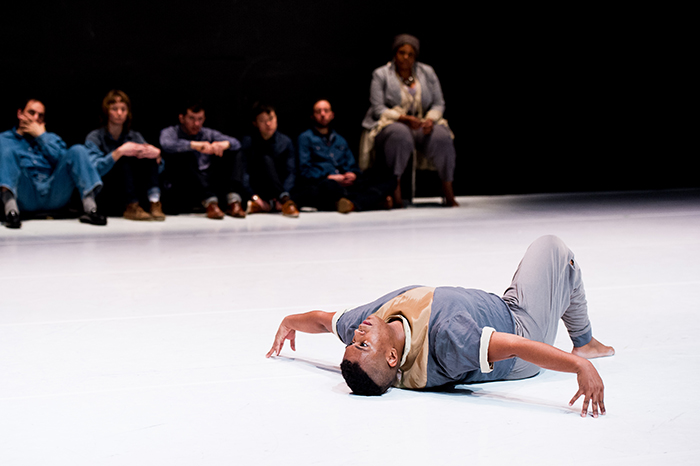
Niv Acosta, i shot denzel, 2014, performance at New York Live Arts, New York. IAN DOUGLAS/COURTESY THE ARTIST
If the politicized representation of bodies and language in the art world and beyond is one strand of the show—evident also in Frank Benson’s 3-D sculpture of the transgender-renaissance woman Juliana Huxtable (a Triennial artist herself), and in the installations of Njideka Akunyili Crosby, who deals with “what it means to be a cosmopolitan Nigerian”—the other side of the exhibition features the kind of futurist imaginings embodied by Trecartin. DIS, a “digital media platform” that looks at how creative fields—particularly art, fashion, and media—have become increasingly corporatized by new technology, was one of the first participants asked to show at this Triennial. (Several of its members have appeared in Trecartin’s films.) Their work is like a Crate & Barrel catalogue by way of Mike Kelley, a campy indictment of commercial enterprise mixed with a genuine savvy for Madison Avenue–grade advertising. For the exhibition, they are fusing both strands together—the intellectual and the banal—by installing in the museum a “hybrid kitchen and bath” designed by Dornbracht, a crafter of luxury kitchen and bath fixtures. Lauren Boyle, one of DIS’s members, described Dornbracht as “super, super high-end. Their website is phenomenal.”
Dornbracht came to the group through Google’s recommended ads. The search engine “caught on to the fact that we were researching art and,” Boyle said, “apparently luxury kitchens and baths. We kept getting ads for Dornbracht.” DIS will invite performers to stage talks and events within the space—allowing people to philosophize while, for example, making a grilled cheese sandwich. Dornbracht’s “trademark piece,” Boyle said, is a horizontal shower, which will be constructed inside the museum. It’s a contraption with five fountains that gently rain down on the bather, who is lying down on a long bench.
“So we’re gonna have a woman come in there and shower with her clothes on,” Boyle said. “It’s gonna be pretty weird.”
Horizontal showers aside, this year’s Triennial is more or less a vertically integrated exhibition, if one could imagine such a thing, with every component, down to even the publicity campaign, acting as a piece of the show. The ads are in fact a commissioned artwork featuring a cartoon pill that can be seen on posters for the Triennial engaging in a variety of debased activities—binge drinking, smoking, tanning—beneath slogans such as “I’ll Triennial Once” and “We Really Tried This Time.” The campaign was masterminded by K-HOLE, an art collective and “trend forecasting group,” which—like the ad campaign itself and similar to the mentality of DIS—exists simultaneously as an ironic commentary on and earnest participant in the very ideas it criticizes. Last year the group coined the term “normcore,” which would have merely been a good joke if it hadn’t been adopted into American vernacular to become an actual trend. The term, which originated from the humorous reports that K-HOLE releases as free PDFs on its website, was shortlisted by the Oxford Dictionaries as the word of the year. (Oxford’s definition: “a trend in which ordinary, unfashionable clothing is worn as a deliberate fashion statement.” It lost to “vape.”) Greg Fong, a founder of K-HOLE, said the Triennial ad campaign taps into what he calls our “post-rational times.”
“You only need to watch one Super Bowl ad for one minute to know that we live in a time when signs and symbols and markers have reached—I wouldn’t say their minimum value, but they’re more lightweight and malleable than ever,” Fong said. “Rather than be freaked out by this fact, we wanted to celebrate it. And even if it doesn’t bring people in the door, maybe it will help them understand that institutions can also be run with a sense of humor.”
Though not every artist in the exhibition bares his direct influence, this celebration masquerading as institutional critique places K-HOLE and DIS thoroughly in the tradition of Trecartin, whose films both revel in the fact of digital life and sinisterly document its chaos. Trecartin was one of the first artists to understand the Internet as portentous, but entertainingly so.
“A decade ago feels like a century,” Trecartin wrote in an e-mail when asked about the progression of his work. “I think the last decade was so accelerated we don’t even truly understand how to identify the changes that have happened and how they have affected society and human behavior.”
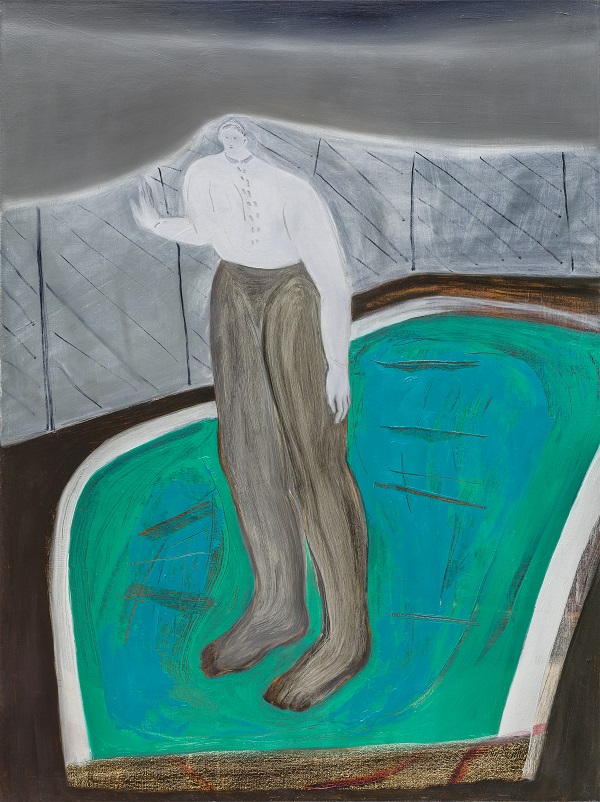
Firenze Lai, Tennis Court, 2013, oil on canvas, 40″ x 30″.COURTESY THE ARTIST AND VITAMIN CREATIVE SPACE, GUANGZHOU, CHINA
This Triennial is an attempt to understand. In fact, Trecartin’s work provided inspiration for the first Triennial in 2009. Massimiliano Gioni, the New Museum’s associate director and a cocurator of that show said he felt compelled to organize an exhibition around this theme after encountering a Trecartin film for the first time; watching the film he had experienced a sense of, to use Gioni’s word, “terror.”
“It was 2006 and I was 33,” Gioni said. “I felt like I was facing someone who was clearly younger than myself, who belonged to a different moment in time. So on one level, the show was a means of bridging a generational gap, but also came from a fear of being pushed out of my own time, that I needed to understand this whole new different way of making art.”
The fact that Trecartin’s work seemed to at least signal a kind of paradigm shift in the preoccupations of contemporary art has caused a unique dilemma in terms of organizing this new Triennial. Cornell referred to Trecartin as a “generational icon”—not the usual phrase one would use to describe a curator.
“People see Ryan as if he is going to deliver the future to them,” Cornell said. “I think that people think the show is gonna be, like, a hologram, or fly in on a UFO. There are quite a few projects that have a digital component but it also is a show, you know?”
She continued: “Every exhibition like this, it’s not about being liked. The Whitney Biennials I saw in the early aughts were really important to me and formative. I saw artists of my generation in them, which made me feel like I had a place in the art world. But, like all biennials, they were trashed by everybody. But, I think you know that you’re going to put your life into something for two and a half years, and then people will, if not trash it, then at least have infinite opinions on it.”
As for Gioni, he’d welcome another wave of terror.
“I’m excited to be made to feel old when this exhibition opens,” he said.


